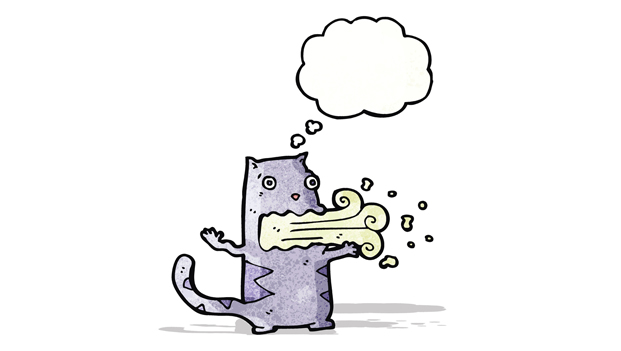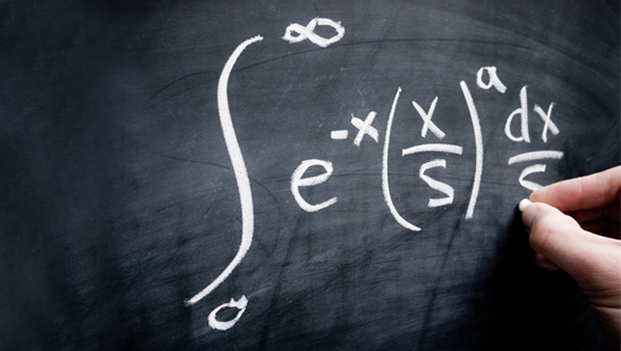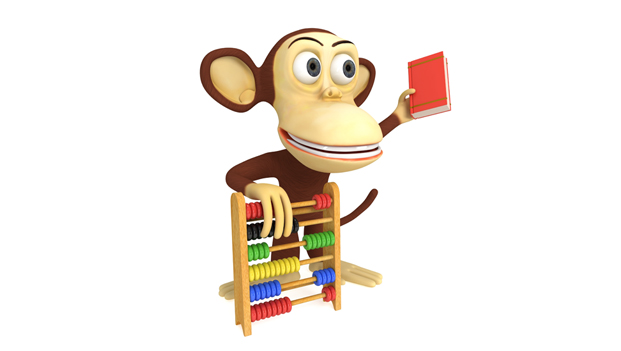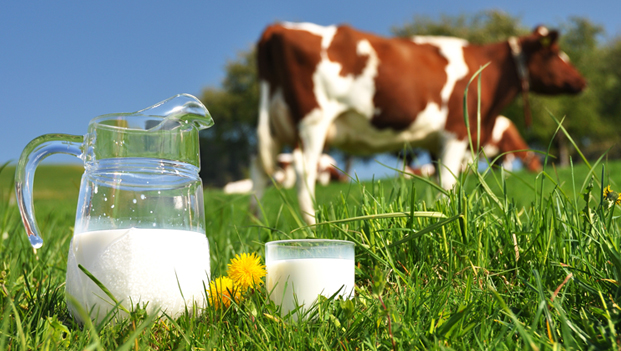8th February 2016
Light – Ageless and unaffected by time
Light is electromagnetic radiation. Time has no effect on it as it travels at a very high speed. So it does not age.

8th February 2016
Light is electromagnetic radiation. Time has no effect on it as it travels at a very high speed. So it does not age.

8th February 2016
Shrimp is a kind of crustacean that occurs in all oceans, freshwater lakes and streams. Shrimps range in length from a few millimetres to more than 20 centimetres (about 8 inches). They are an important source of food for humans. The body of the shrimp has two main parts – the abdomen and the cephalothorax (head and thorax fused together). The cephalothorax is covered with a carapace. The heart is located in the cephalothorax.

8th February 2016
Belching is the release of gas from the digestive system through the mouth. Every time a person swallows food or liquid, a small amount of air goes into the stomach. This air forms gas bubbles in the stomach. The muscles in the food pipe relax to allow these bubbles to escape as burps. In space, the gas bubbles cannot rise to the top as there is no gravity to separate liquid from gas in their stomachs.

8th February 2016
Calculus is a branch of mathematics which studies ‘change’. Accordingly, it deals with limits, derivatives, functions and indefinite series that explain ‘change’. Isaac Newton and Gottfried Wilhelm Leibnitz independently invented calculus. Newton used calculus fundamentally to arrive at the universal law of gravitation, and then to solve the problem of planetary motion, the shape of the surface of a rotating fluid, the oblateness of the earth, the motion of a weight sliding on a cycloid, and also to explain various other interesting phenomena. Leibnitz provided a clear set of rules for manipulating infinitesimal quantities, allowing the computation of second and higher derivatives, and providing the product rule and chain rule, in their differential and integral forms.

8th February 2016
Michael Beran, a scientist at the Georgia State University, trained chimps to use a computer and a joystick. The computer screen showed a numeral followed by a series of dots. The chimps had to match the numeral with the dots. One chimp learned numerals from 1 to 7, while another managed to learn till the numeral 6.

8th February 2016
A cow gives nearly 2,00,000 glasses of milk in its lifetime. An average cow of a good breed produces about 13 to 15 litres of milk per day, which amounts to about 90 glasses (of 150 ml capacity) of milk per day or 16,000 glasses of milk per year. A cow on an average produces milk for about 12 years.